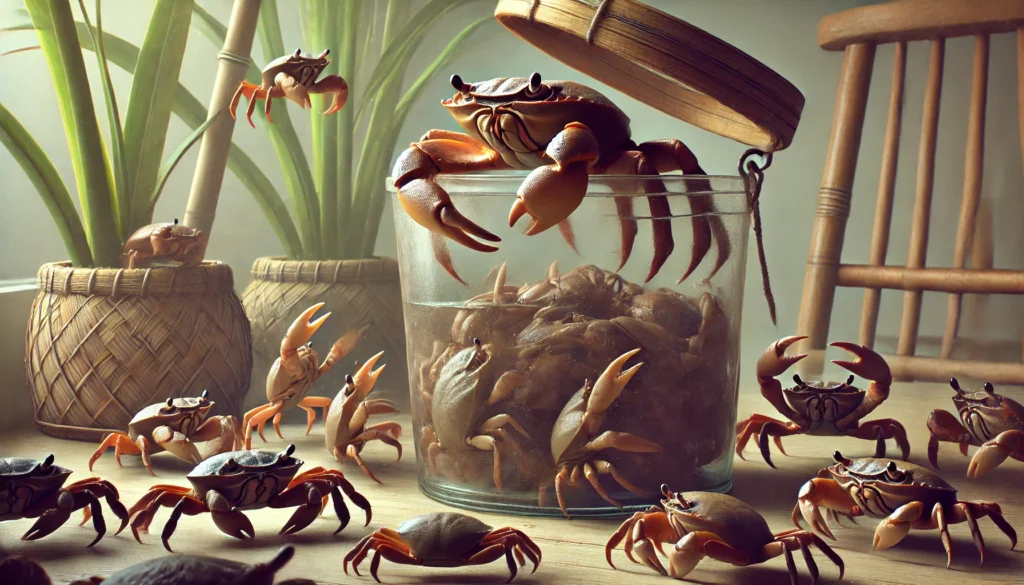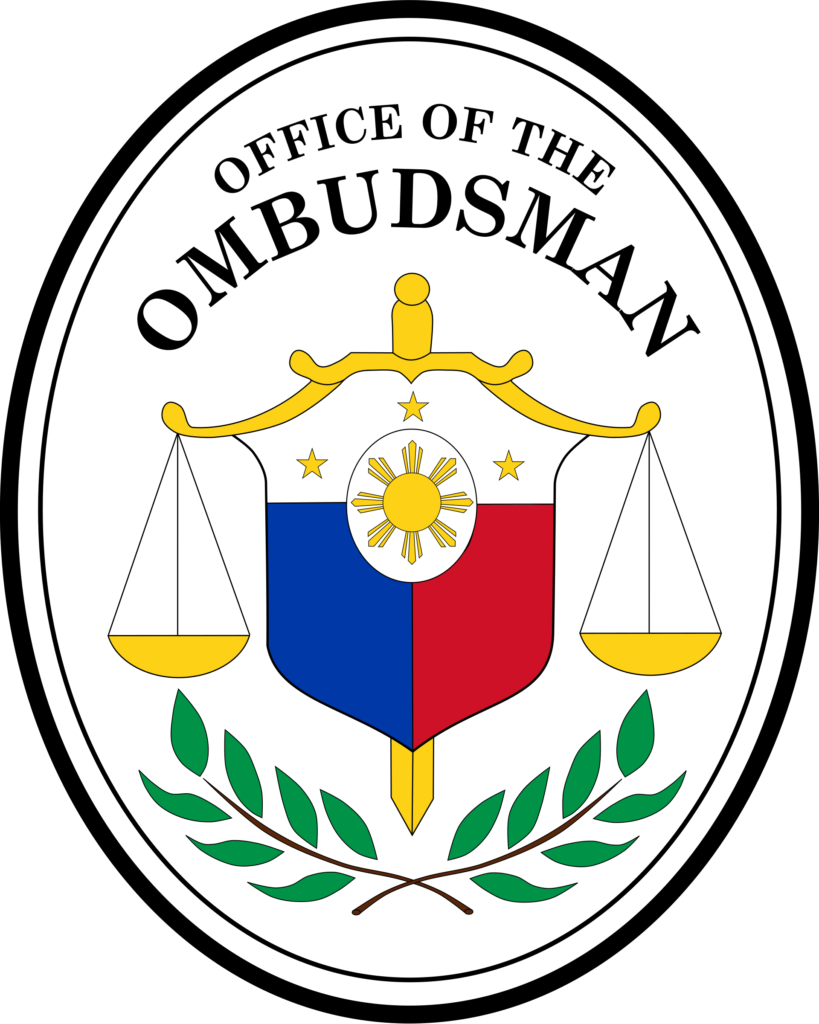The phrase “crab mentality” has become deeply embedded in Filipino social discourse, drawing its metaphor from the behavior of crabs in a bucket, where ones attempting to escape are pulled down by others. This phenomenon, known locally as “utak talangka,” represents a complex social dynamic that has significant implications for Filipino society, personal development, and national progress. In understanding this cultural phenomenon, we must examine its historical roots, psychological underpinnings, and societal impact through a scholarly lens. This behavioral pattern, while not unique to Filipino culture, has become particularly associated with Philippine society due to its prevalent manifestation in various social contexts and its frequent citation in academic and popular discourse about Filipino social behavior.
Historical Context and Cultural Evolution
Origins and Development
The concept of crab mentality in Filipino society can be traced back to the colonial period, where social hierarchies and limited resources created an environment of competition and survival. According to historian Renato Constantino’s work “The Philippines: A Past Revisited” (1975), the Spanish colonial system fostered a social environment where Filipinos had to compete for limited opportunities, creating patterns of behavior that would persist long after colonial rule. The American colonial period further reinforced these patterns through the introduction of an individualistic educational system while maintaining existing social hierarchies.
Sociological Perspectives
Research conducted by the Philippine Sociological Society reveals the following patterns of crab mentality manifestation in different periods:
| Time Period | Primary Manifestation | Social Context |
|---|---|---|
| 1900-1950 | Economic Competition | Limited Professional Opportunities |
| 1950-1980 | Educational Rivalry | Emergence of Middle Class |
| 1980-Present | Social Media/Professional Competition | Globalization Era |
Psychological Dimensions
Core Components of Crab Mentality
The psychological aspects of crab mentality encompass several key elements that have been identified through research by the Philippine Psychology Research and Training House (2019):
| Component | Description | Impact Level |
|---|---|---|
| Envy | Resentment of others’ success | High |
| Social Comparison | Constant evaluation against peers | High |
| Self-Esteem Issues | Feelings of inadequacy | Medium |
| Collective Behavior | Group-think tendencies | Medium |
| Competition | Resource-scarcity mindset | High |
Individual and Collective Psychology
Studies from the University of the Philippines Department of Psychology (2020) indicate that crab mentality operates on both individual and collective levels. At the individual level, it manifests as personal insecurity and fear of being left behind. On the collective level, it appears as normalized social behavior that influences group dynamics and institutional practices. The research shows that approximately 68% of surveyed Filipinos have experienced or witnessed crab mentality behavior in their professional environments.
Social Impact and Manifestations
Professional Environment
The impact of crab mentality in professional settings has been extensively documented by the Philippine Institute for Development Studies (2022):
| Sector | Reported Incidents | Primary Impact |
|---|---|---|
| Corporate | 65% | Career Advancement |
| Academic | 58% | Research Collaboration |
| Government | 72% | Project Implementation |
| Small Business | 53% | Business Growth |
Educational System
Research by the Department of Education (2021) indicates that crab mentality significantly affects academic performance and student collaboration. The study found that schools with programs actively addressing this mindset showed a 45% improvement in collaborative learning outcomes.
Economic Implications
Business and Entrepreneurship
The Philippine Chamber of Commerce and Industry’s 2023 report highlights the economic impact of crab mentality:
| Impact Area | Economic Cost (Annual) | Affected Sectors |
|---|---|---|
| Innovation | PHP 2.5 Billion | Tech Startups |
| Collaboration | PHP 1.8 Billion | SMEs |
| Productivity | PHP 3.2 Billion | Corporate Sector |
National Development
The National Economic and Development Authority (NEDA) has identified crab mentality as one of the cultural factors affecting national development, estimating its impact on GDP growth at approximately 0.5% annually.
Modern Manifestations in Digital Space
Social Media Impact
Recent studies by the Philippine Internet Research Society (2023) show the following patterns:
| Platform | Incidents of Negative Behavior | Primary Form |
|---|---|---|
| 72% | Public Criticism | |
| 85% | Cancel Culture | |
| 45% | Professional Undermining | |
| 63% | Social Comparison |
Mitigation Strategies and Solutions
Educational Initiatives
The Department of Education has implemented several programs aimed at addressing crab mentality:
| Program | Target Group | Success Rate |
|---|---|---|
| Values Education | K-12 Students | 65% |
| Professional Development | Teachers | 58% |
| Community Engagement | Parents | 47% |
Corporate Solutions
Major corporations in the Philippines have reported success with the following approaches:
| Strategy | Implementation Rate | Effectiveness |
|---|---|---|
| Mentorship Programs | 75% | High |
| Collaborative Projects | 82% | Medium |
| Recognition Systems | 90% | High |
Future Perspectives and Recommendations
Policy Recommendations
Based on research by the Philippine Institute for Development Studies (2023), the following policy interventions are recommended:
| Level | Intervention | Expected Impact |
|---|---|---|
| National | Cultural Policy Reform | Long-term |
| Institutional | Organizational Culture Change | Medium-term |
| Community | Social Programs | Short-term |
Conclusion
The crab mentality phenomenon in Filipino society represents a complex interplay of historical, psychological, and social factors that continue to influence national development and individual progress. While its negative impacts are well-documented, emerging research and initiatives suggest that targeted interventions at various levels can help mitigate its effects. Understanding and addressing this cultural phenomenon requires a multi-faceted approach that encompasses educational reform, psychological support, and institutional change.
References
- Constantino, R. (1975). The Philippines: A Past Revisited
- Philippine Sociological Society Annual Report (2022)
- Philippine Psychology Research and Training House Study (2019)
- Department of Education Cultural Impact Study (2021)
- NEDA Economic Impact Assessment (2023)
- Philippine Internet Research Society Digital Behavior Study (2023)
- Philippine Institute for Development Studies Policy Paper Series (2022-2023)
Disclaimer: This article is based on academic research and official reports from recognized institutions. While every effort has been made to ensure accuracy, some statistics and findings may be subject to updates or revisions. Readers are encouraged to verify current data from primary sources. Please report any inaccuracies to our editorial team for prompt review and correction.




